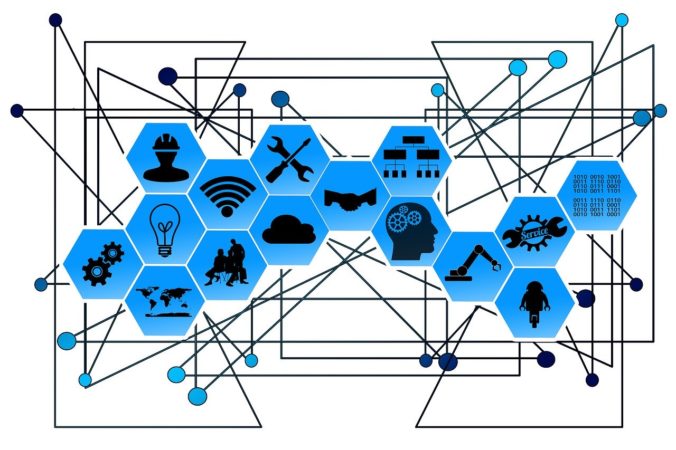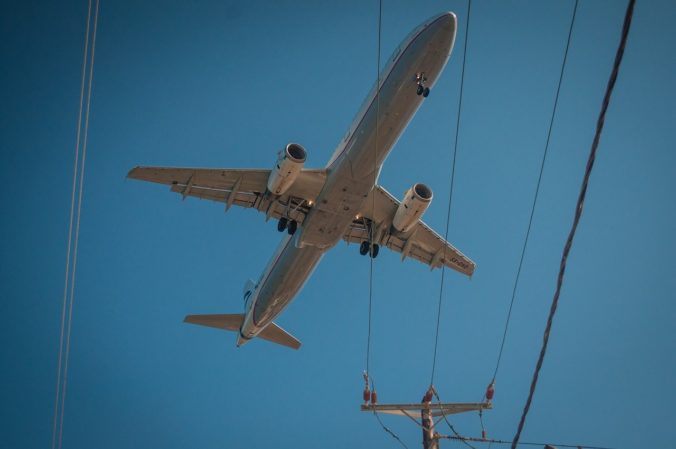Every business utilises various systems that each have a role in the running of the organisation, and rather than having multiple systems running independently alongside each other, systems integration will streamline your business processes. Here are just a few ways that you can improve your business with system integration.
- Improve the Customer Experience – System integration allows you to pull all the data on a customer across all platforms, bringing this information to your screen in an instant. It is often necessary to look at customer profiles and behaviours, as this can help when planning your marketing strategies. This would prove invaluable to a national sales team, who regularly need to bring up customer data when in the field, and that enables the salesperson to meet with the customer while being fully aware of their history.
- Reduce Operating Costs – If your systems are fully integrated, you can say goodbye to double handling and over-processing and every little helps when trying to improve business efficiency, If all of your critical data is available across all platforms and managed by system integration, you can complete tasks very quickly, and this applies to all your employees. If you would like to learn more, https://www.creativefolks.com.au/solutions/system-integration offers all the solutions that you would expect from a leading Australian provider of a range of digital services, all at affordable prices.
- Boost Data Accuracy – Integrating your business systems will ensure that you have accurate and up-to-date data, and incorrect data can lead to bad decisions, another reason to integrate your business systems. Whilst on the topic of critical data, here is an article that looks at the importance of cyber-security within logistics, which makes for an interesting read.
- Timely Acquisition of Data – If you have to make a business decision, yet you do not have up-to-date information, this could lead to making a wrong choice. Think of system integration as a control point, when you, or any authorised person, can access data in real time, and rather than having to wade through files and folders, the easy to use interface brings up what you need with a click of the mouse.
- Promote Innovation – If you instantly have access to accurate data, you can create new and innovative processes, and with all of your business processes working together and managed, it is much easier to focus on the objective. Talking of innovation, if you have a brilliant business idea, you can find government information on intellectual property rights, which will help you to understand how to protect your idea.
If you would like to know how system integration can really benefit your business, search online for a business system integration service provider, who can take a look at your organisation and work out how system integration can be most effective. Whether you run a small business or a national enterprise, system integration pulls all your critical data to a single point of attention, which is your digital screen, and this ability will result in many benefits.



